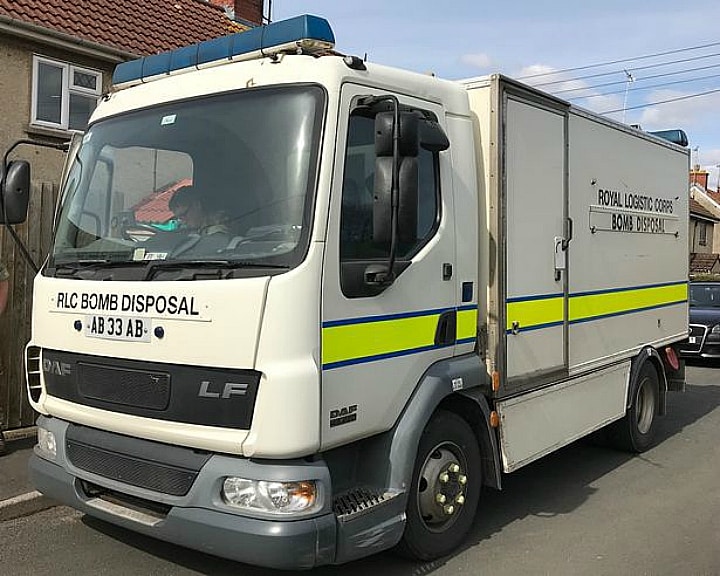Top Truck Driving Jobs: Explore Your Career on the Road
If you’re thinking of becoming a truck driver, you may have an exciting road ahead of you. Truck drivers are essential to our way of life these days. They keep supply chains running smoothly and keep store shelves stocked with the items people need. There are numerous opportunities out there if you have the training and the commercial driver’s license to fill those roles. Besides that, the nation needs truck drivers now more than ever. Reports show that there’s a shortage of about 80,000 qualified truckers right now, and that could double within the next five years alone.
Several types of driving positions are available. Understanding the different possibilities can help you choose one that’s right for you. Take a look at the top truck driving jobs and what each one entails to determine which one may interest you the most.
Over-the-Road Driving
Over-the-road driving is the most common job in the trucking industry. If you choose this route, you’ll be handling long hauls that can take you anywhere from the next state and back to clear across the country with numerous stops along the way. OTR drivers get to see new places and meet new people, but they can be away from home for weeks or even months at a time depending on the companies they work for. Though you’ll spend a great deal of time away from home, you may get a higher pay rate than drivers with shorter routes.
Regional Driving
Regional driving is also a possibility. Regional drivers cover specific areas, and their routes are much smaller than those long-haul drivers travel. As a regional driver, you may be home on weekends or every few days. If you work for the right company, this type of driving can give you competitive pay. At the same time, there are certainly advantages to having set routes to follow as opposed to your routes varying with each trip you take.
Local Driving
Local drivers have much shorter routes than OTR and regional drivers. They’re generally home every night or every day depending on which shift they work, which is certainly an advantage. They don’t usually make as much money as long-haul drivers, but the pay can still be a strong incentive.
That being said, you may spend more time at loading docks than other drivers if you have local routes. As such, your ability to stay on schedule may rest largely in the hands of the companies you’re delivering to and picking up loads from. If they’re not ready to load or unload your truck when you get there, you could spend hours waiting while your drive time dwindles.
Tanker Drivers
Tankers usually carry liquids ranging from milk or juice to gasoline or sulfuric acid, but there are a few exceptions to the rule. People who drive these trucks can be OTR, regional, or local. Handling tankers can be particularly tricky because liquids don’t behave quite the same as solids when they’re in motion. In most cases, you need special training and certifications beyond a basic CDL to legally operate a tanker.
Oversized Load Drivers
As the name indicates, oversized load drivers carry cargo that won’t fit on a conventional semi-truck. That can be exceptionally challenging, and you’ll need specialized training to haul these loads. This type of driving generally comes with higher pay than other options because of its difficulties and the need for extra experience. Many oversized loads require special permits as well. You may also need to coordinate with a pilot vehicle driver to keep the roads clear ahead of you.
Choosing Your Path as a Truck Driver
Those are only a few of the opportunities you’ll have at your disposal if you become a truck driver. There’s a variety of trucks on the roads and an even broader range of cargo that needs to be hauled. Consider the points mentioned here to help you choose a path that might best meet your needs and interests, and keep in mind that even these possibilities can branch out in numerous directions.



